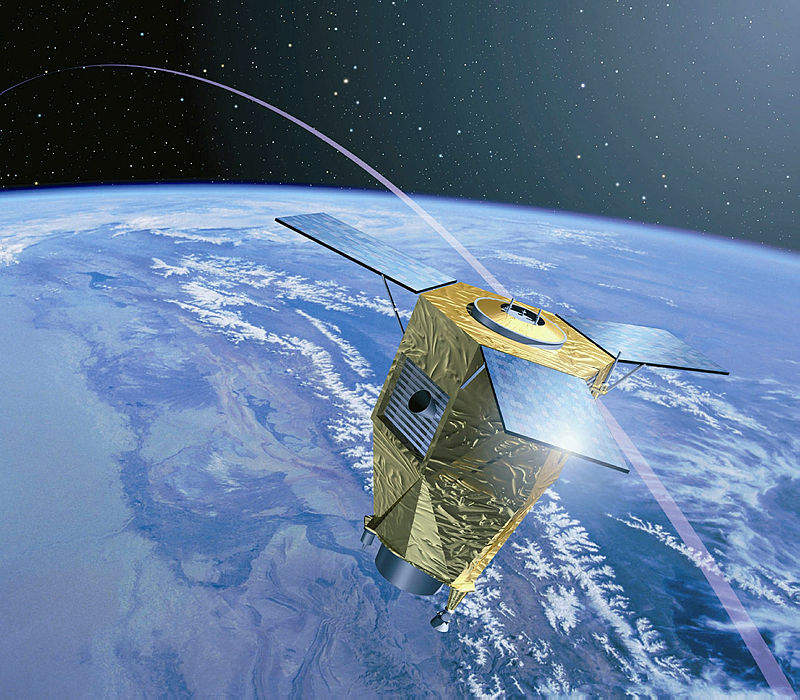

The Australian Government is investing A$500m ($380.4m) in Defence Project 799 to improve the country’s space-based intelligence, surveillance and reconnaissance capabilities.
The Defence Project 799 was introduced in the 2016 Defence White Paper to improve Australia’s geospatial-intelligence capabilities.
Phase I of the project involves providing Australia with direct and timelier access to commercial imaging satellites to support a wide range of national security activities.
The proposed investment is expected to improve the Australian Defence Force's (ADF) access to commercial satellites to support defence operations, border protection and humanitarian missions.
Australian Defence Minister Marise Payne said: “Defence’s enhanced access to these satellites will increase Australia’s capacity to maintain surveillance and improve situational awareness for the ADF and other national security agencies through the provision of high-quality imagery.
“This means imagery from high-end commercial satellites, now in orbit, will be integrated directly into the Australian Geospatial-Intelligence Organisation’s imagery dissemination systems, reducing the time it will take for satellite imagery to get to a member of the ADF or the officers of Australia’s national security agencies.”
The government will spend A$130m ($98.9m) on support contracts over the 13-year life of the project.
The investment will immediately create 22 new jobs, with many others created in the supply chain as the project matures, in addition to creating opportunities for Australian companies interested in satellite technology and imagery analysis.
Image: Artist's impression of Pleiades satellite. Photo: courtesy of Commonwealth of Australia 2017 / Digital Globe.



